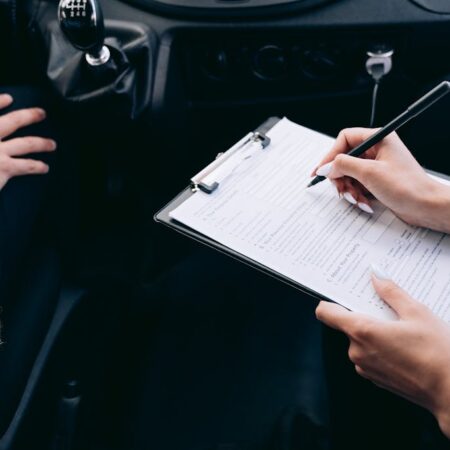Buying car insurance for the first time can be overwhelming, especially with so many options and factors to consider. However, understanding the basics of car insurance can make the process easier and help you choose the right policy for your needs. This guide will walk you through the essential steps of buying car insurance, so you can make an informed decision.
Assess Your Coverage Needs
Before you start shopping for car insurance, it’s important to assess your coverage needs. The type of coverage you choose will depend on factors such as the value of your car, your driving habits, and whether you have any specific requirements. If you have a new or expensive vehicle, comprehensive and collision coverage may be necessary to protect against potential damage or theft. If you drive an older car with a lower value, you may want to opt for basic liability coverage, which is usually cheaper.
In addition to the basic coverage, you may want to consider add-ons such as uninsured/underinsured motorist coverage, personal injury protection (PIP), or roadside assistance, depending on your preferences and location.
Shop Around for Quotes
Once you’ve determined the type of coverage you need, the next step is to shop around for quotes from different insurance providers. Premiums can vary significantly between companies, so it’s important to get multiple quotes to compare prices. Many insurers offer online tools that allow you to quickly get a quote based on your personal information, driving history, and vehicle details.
When comparing quotes, make sure to look at the coverage limits and any discounts that may apply to you. Some insurers offer discounts for safe driving, bundling policies, or installing safety features in your car, so be sure to ask about available discounts.
Understand the Terms of the Policy
Before you commit to a policy, it’s essential to read and understand the terms of the coverage. Pay attention to the deductible, coverage limits, exclusions, and any additional fees that may apply. For example, some policies may not cover certain types of damage, such as flooding or natural disasters. Understanding these details will help you avoid surprises if you need to file a claim.
Also, check for any requirements related to the deductible. A higher deductible generally means lower premiums, but you’ll need to be prepared to pay that amount out of pocket if you need to file a claim.
Consider Customer Service and Reputation
When selecting an insurance provider, it’s important to consider the company’s reputation for customer service and claims handling. Read customer reviews and check ratings from independent agencies to get an idea of how the insurer handles claims and resolves issues. A company with good customer service can make a big difference, especially when you need to file a claim or ask questions about your policy.
Finalize Your Policy
Once you’ve compared quotes and reviewed the terms, you can finalize your policy by purchasing it through the insurer’s website, over the phone, or through an agent. Be sure to ask for a copy of your policy documents and keep them in a safe place. It’s also a good idea to review your policy regularly to ensure that it continues to meet your needs as your circumstances change.
Buying car insurance doesn’t have to be complicated. By assessing your coverage needs, shopping around for quotes, understanding the terms of the policy, and considering customer service, you can find the right coverage for your car. Always take the time to review your options and choose a policy that offers the protection you need at a price you can afford.







